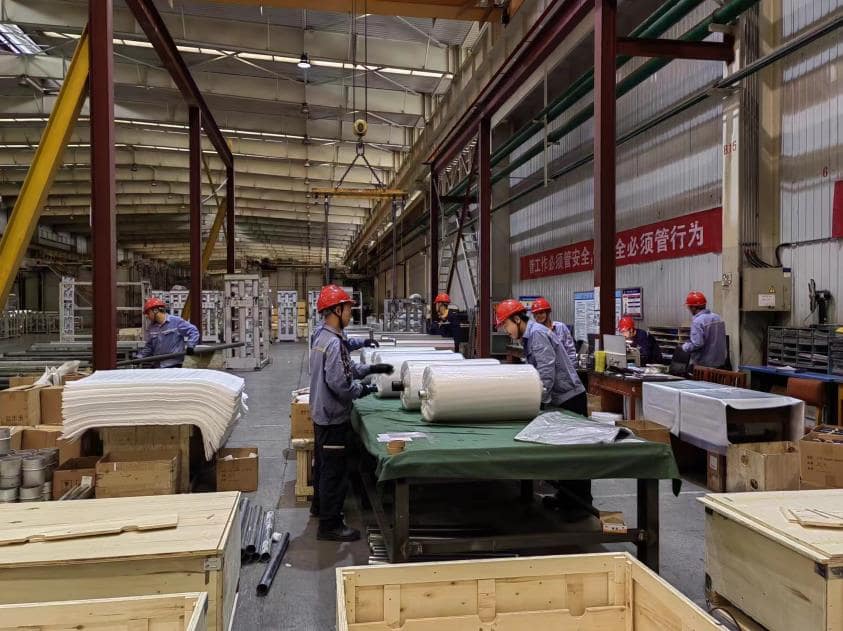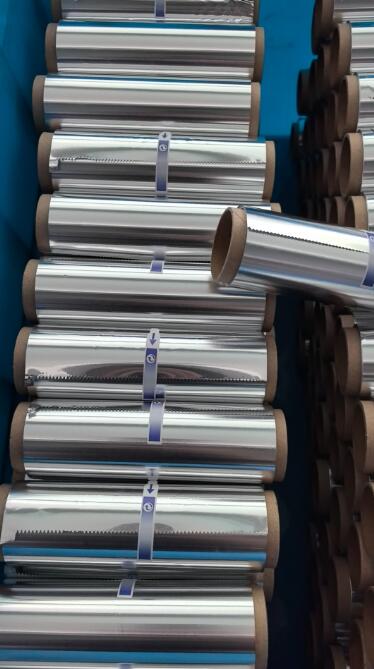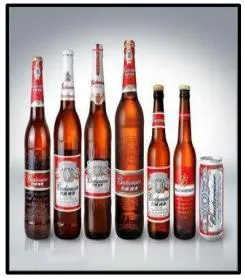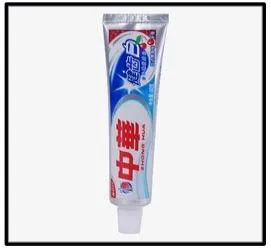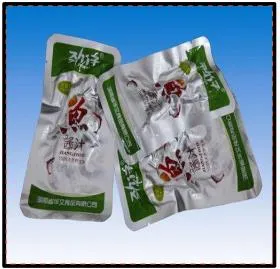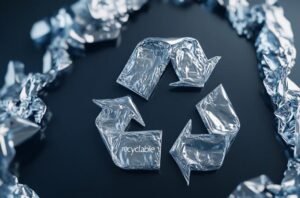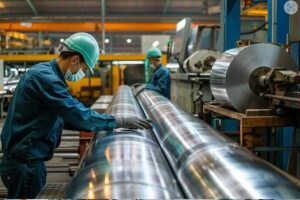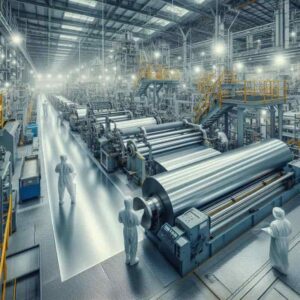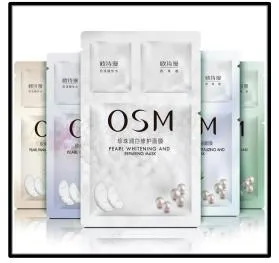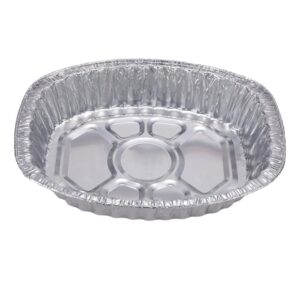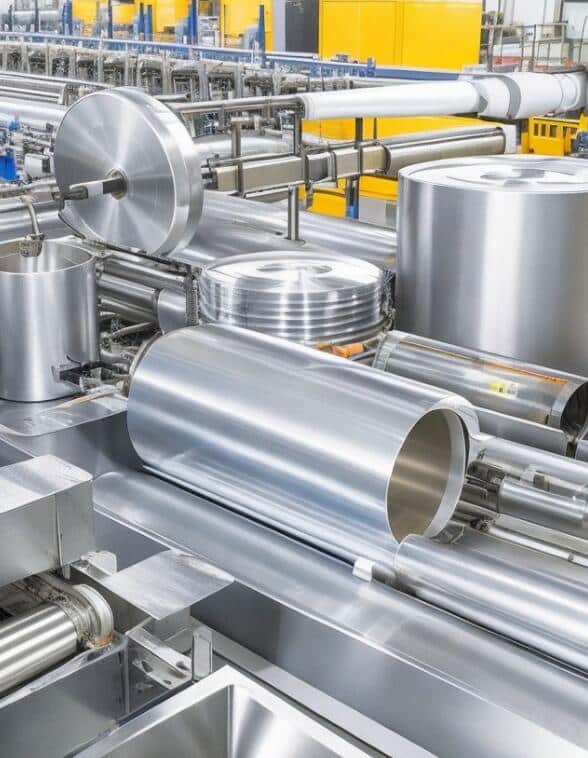The Art and Science of Aluminum Foil Recycling
Aluminum foil has come a long way from being a simple yet convenient kitchen aid to a versatile and indispensable item for most households and sectors. Whether it is wrapping leftovers or cooking delicious meals, aluminum foil is a staple of our kitchen activities. However, is there more to the foil when it has served its purpose? The answer lies in the art and science of aluminum foil recycling, a process that benefits the environment and showcases the ingenuity of recycling technology.
The aluminum foil is made of materials from bauxite ore. It is produced by extracting aluminum particles which require significant energy and resources. During the process, the production releases greenhouse gases and generates a considerable ecological footprint. This results in extreme pollution in the environment, fortunately, aluminum is highly recyclable, and about 70% of primarily produced aluminum is continually recycled for various purposes including aluminum foil.
The Benefits of Aluminum Foil Recycling
Recycling aluminum foil has allowed several benefits to the environment and economic status of society. Here are some of the benefits of aluminum foil recycling:
Energy Savings
The primary production of aluminum foil includes large amounts of energy usage from the mining to its processing, but when recycling it consumes about 95% less energy. This substantial energy savings lead to reduced greenhouse gas emissions and a smaller carbon footprint in the environment.
Resource Conservation
Although aluminum is abundant material recycling helps extend its lifespan. When recycling aluminum foil we reduce the demand for bauxite ore mining and the associated environmental impact. This conserves the remaining sources of natural aluminum as the recycled aluminum proposes the same quality as the raw element.
Economic Benefits
Aluminum recycling creates balance not only in the environment but also in the economic industry. The process creates jobs and stimulates the economy by providing opportunities from collection and sorting to processing and manufacturing.
Reduction in Landfill Waste
Recycling aluminum foil reduces the amount of waste sent to landfills and helps to alleviate the strain on these already overflowing sites.
The Basic Steps of Recycling Aluminum Foil
Collection and Sorting
The journey of aluminum foil recycling begins at the consumer’s end. Most households use foil in different applications that may pile up when collected. To encourage waste reduction and implement recycling of aluminum foil it can be cleaned after use and sorted into recycling bins alongside other recyclable materials. The recycling process of aluminum foil is proven to be highly efficient which does not require the foil to be in pristine condition.
Shredding and Melting
Once collected, the foil is transported to recycling facilities for processing. The process involves shredding aluminum foil into small pieces to increase its surface area. Then the shredded foil is heated to remove any contaminants and impurities which results in the development of pure aluminum.
Rolling and Forming
The melted aluminum is rolled into sheets which can be used to make new aluminum foil or various other aluminum products. This rolling process not only conserves resources but also consumes significantly less energy compared to the production of aluminum from bauxite ore.
The art and science of aluminum foil recycling demonstrate innovative solutions in showcasing environmental responsibility. By reusing this common kitchen material we not only reduce energy consumption and environmental impact but also contribute to a more sustainable future.
Purchase high-standard quality aluminum foil products from a reliable and leading manufacturer – Yutwin New Material.

